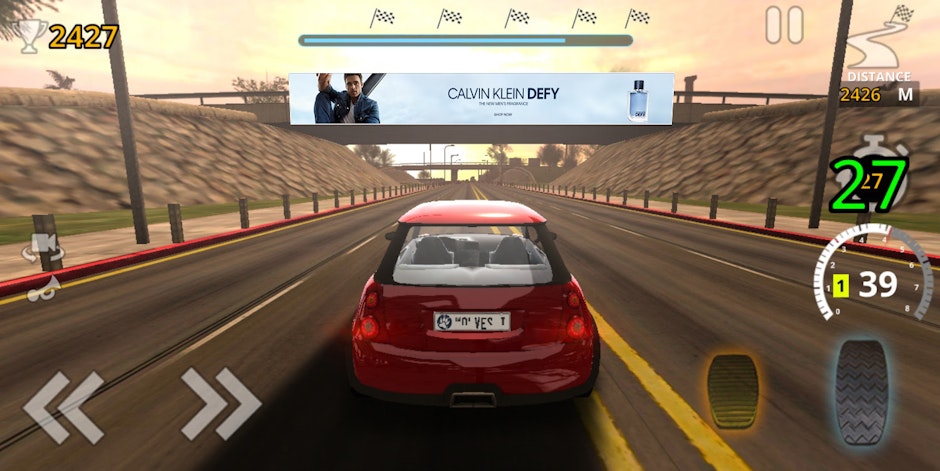Attention! The multi-screen metric
Over my career I’ve often repeated the same mantra: “You can’t manage what you can’t measure

That Kool-Aid was performance advertising; the click and the conversion. Up until about six years ago the companies selling it said intent and clicks were all that mattered. But even for the clickvangelists, the narrative has been changing. They now own branding platforms promoting engagement, watch time, and audience reach with sound on - many of the softer metrics beyond and around the click that they used to sell against.
The attention economy
Brand reach, brand recall, and mixed media modelling (MMM) studies can get to what their newer offerings are trying to sell now, what all advertising has always been working with: our attention.
I first heard of the attention economy from Clive Record, head of global media partnerships at Dentsu, where he had been working on this change in narrative around media for a while. He told me (and I agree): ”It is critical to properly measure attention to understand the value of platforms relative to their impact.” This statement seems obvious in a multi-screen, multi-tasking world. That a billboard in the baseball stadium of the game I’m half paying attention to on my tablet will have less impact than the audio ad in the broadcast. Both will be different to the rewarded video ad I'm served on the freemium presentation software I’m using at the same time.
Tensions with attention on mobile
As ‘digital’ has increasingly come to mean ‘mobile’, what keeps and promotes attention on the small(er) screen? I don’t think it's the interstitial take over ads whose 'x' to close is so small that it could be fat fingered by a stylus. Though this might lead to great click through rate reporting, the bounce rates are enough to make you shudder.
I also have my doubts about unskippable 'rewarded' videos that admittedly do offer the reward of a moment to grab a drink or use the bathroom in addition to boosting my in-game lives or items. Great engagement reporting but (at least if you are targeting me) rubbish in terms of attention.
For me, the way to optimise performance is to let people do what they came to the medium to do in the first place. This is why YouTube has shortened and shortened its ads (and created YouTube Shorts), because if you can’t get your message across with a six second bumper ad, you’ve already lost what you're there for: the user's attention.
Attention In-Play
In-Play advertising - ads that are shown non-intrusively within gameplay experiences - is different in that it does not stop the user from what they came to the game for in the first place. This is, of course, play, whether a snackable two minute session in line at the pharmacy or a two hour sesh on the couch. In the vast majority of gaming genres and styles, the player’s attention is right where it needs to be. I can’t command an army, slay a dragon or drive a Formula 1 car without active attention.
Aha, I hear you shout. Gotcha! How can an In-Play ad promote attention when you’ve just said players need to pay attention to the game itself? Wouldn’t it be better to reach them during natural breaks in gameplay? And you might be right, to a point. But when I’m playing a racing game, taking a pit stop every couple of laps to stare at a billboard for 30 seconds means the only thing drifting is my attention. If you want to get your brand in your consumers’ minds, with a positive association, engaging with their focused attention without disrupting what they are actually there to do has got to be key. This doesn’t mean foregoing ROAS - far from it - but it does mean taking a less familiar route and drawing on more metrics than previously, such as brand uplift.
Rebalancing metrics of attention
This isn’t a perfect science and I can’t promise a silver bullet. But with performance advertising at a critical juncture following changes implemented by major ecosystems such as Apple and Facebook, the veneration of the click above all else is increasingly antithetical to the multi-screen, privacy-first landscape. That’s not to say I would call the click an outdated metric, but our worship of it has encouraged its growth to a degree that it undermines softer, complimentary metrics of attention.
Will we stick with the click until it’s proven beyond doubt that it is no longer promoting attention (and even detracting from it)? Or is it time to wean ourselves off the Kool-Aid and train our taste buds in something more subtle?
By Michael Silberberg, VP Global Partnerships, Admix

